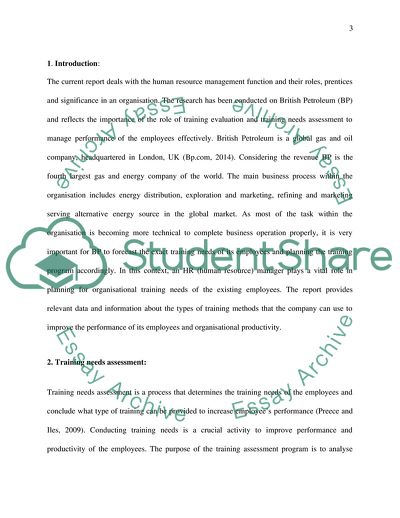Cite this document
(HRS 307 Essay Example | Topics and Well Written Essays - 2000 words, n.d.)
HRS 307 Essay Example | Topics and Well Written Essays - 2000 words. https://studentshare.org/human-resources/1846525-hrs-307
HRS 307 Essay Example | Topics and Well Written Essays - 2000 words. https://studentshare.org/human-resources/1846525-hrs-307
(HRS 307 Essay Example | Topics and Well Written Essays - 2000 Words)
HRS 307 Essay Example | Topics and Well Written Essays - 2000 Words. https://studentshare.org/human-resources/1846525-hrs-307.
HRS 307 Essay Example | Topics and Well Written Essays - 2000 Words. https://studentshare.org/human-resources/1846525-hrs-307.
“HRS 307 Essay Example | Topics and Well Written Essays - 2000 Words”. https://studentshare.org/human-resources/1846525-hrs-307.


